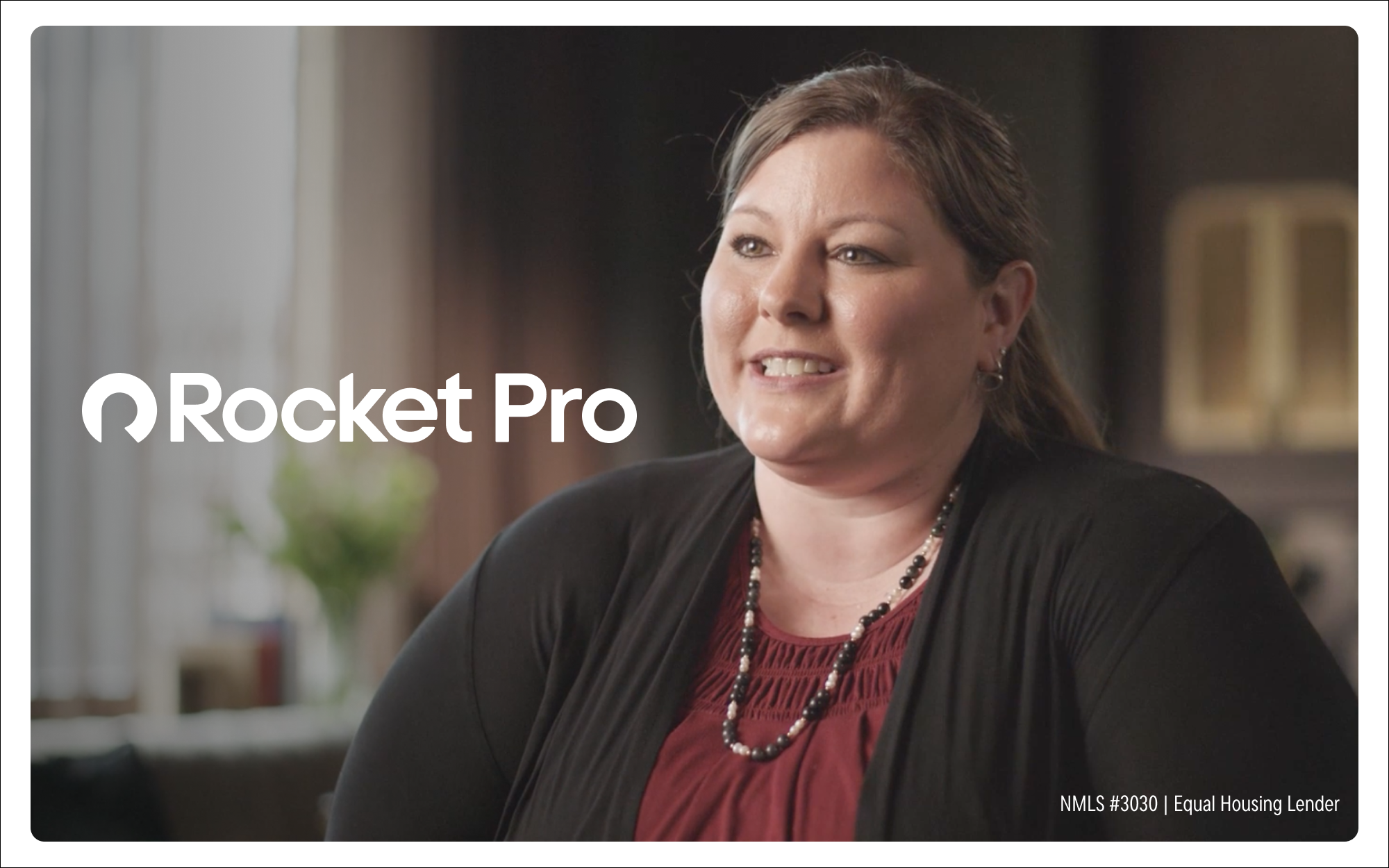Community banks face the delicate task of collecting past-due loans while maintaining a compassionate approach, There are ways to be successful at both, experts say.
How to Balance Collections With Compassion for Customers
September 01, 2025 / By Katie Kuehner-Hebert
Community banks face the delicate task of collecting past-due loans while maintaining a compassionate approach, There are ways to be successful at both, experts say.
Community banks understand that life happens and that their customers may occasionally fall behind on paying off a loan. That’s one of the perks of borrowing with a community bank; they’re more willing to give grace. However, every bank must address when a loan payment plan has gone off the rails.
While pursuing collections, it’s important to remember that many Americans face some sort of financial struggle at some point in their lives, says Leslie Watson-Stracener, managing director in risk advisory and regulatory compliance capability leader with Dallas-based Grant Thornton Advisors LLC.
“Many borrowers facing delinquency are experiencing significant stress, and how they are treated during this time can shape their long-term relationship with the bank and overall trust within the financial services industry,” she says.
Reaching out with care
According to Watson-Stracener, borrowers facing financial stress often do not respond well to generic, impersonal outreach. Their debt with a community bank is possibly not the only one they are delinquent on, and they may be receiving numerous calls and outreach from various creditors.
It’s also important for staff to understand that each borrower’s situation is unique, Watson-Stracener adds. Staff should be trained to fully understand all the available repayment options and actively listen to consumers.
To be successful at collections, the team at Five Star Bank in Roseville, California, leads with “clear and authentic” communication, says Makayla Ciminelli, senior vice president and director of credit administration at the $4.4 billion‑asset community bank.
“We must make our team accessible to our borrowers, especially during the bad times,” Ciminelli says. “We do not use a call center; we have trained collection specialists whose goal is to find a beneficial outcome for the customer and the bank.”
Five Star Bank’s specialists try to understand the customer’s position and provide transparency on what is owed and the options they have, she says. The aim is to build trust with the client, she says, “and that can only be done through direct communication.”
Some community banks are modernizing their collections efforts with AI-driven outreach, self-service tools and integration with their customer relationship management (CRM) systems to personalize and streamline the process, says Michael Emancipator, ICBA’s senior vice president and senior regulatory counsel.
“Fintech partnerships can bring in ethical, tech-forward solutions aligned with community banking values,” Emancipator says. “Innovation should enhance—not replace—the human connection that defines community banks.”
Find the line between humanity and technology
Five Star Bank’s team currently prefers speaking directly with customers “to ensure they receive the care we are known and respected for providing.” However, one approach to collections that has been highly successful in the industry is the ability for borrowers to self-serve through online tools to determine which repayment options they can afford, Ciminelli says.
“The benefits of [these tools] can allow the borrower to feel empowered and in control of their repayment plan without the fear of negotiation,” she says. “Though [these tools] alone may not be a comprehensive collection solution, it’s a powerful way to engage borrowers in conversation surrounding the repayment of their loan.”
Community banks can also use analytics to identify at-risk customers and accounts, says Oliver Dennison, Grant Thornton’s principal in risk advisory.
“Analyzing customer profile data, such as transaction patterns, can provide early indicators of financial stress,” he says. “This can create an opportunity for early engagement with their customers to provide options or support before their accounts reach the collection stage.”
Importantly, banks must complete a model validation before implementing any strategies to ensure results are logical, accurate and free from bias, he says. This is especially critical to avoid other potential regulatory issues, including violations related to fair lending.
Cover all your bases
If relying on a third-party collection agency, community banks should conduct rigorous due diligence to ensure the agency aligns with the bank’s values and complies with federal and state regulations, says Emancipator.
“Look for transparent reporting, strong data security and a respectful, customer-first approach,” Emancipator says. “Regular oversight and integration into the bank’s risk management framework are essential for long-term success.”
While the Fair Debt Collection Practices Act (FDCPA) primarily governs third-party collectors, community banks should treat it as a best-practice guide, especially around communication restrictions, consumer rights and prohibitions on harassment or deception, Emancipator says. Compliance with these standards helps protect both customers and the bank from reputational and regulatory risk, he adds, and “documentation and respectful engagement are non‑negotiables.”
Consumers who are late on their payments often are under high stress, and community banks should consider the themes of the FDCPA, such as respectful contact and truthful communications, Watson‑Stracener says.
“Banks should avoid calling consumers at inconvenient times or places, such as their workplace, and limit contact attempts to no more than seven times in seven days per account,” she says. “Respect and transparency build trust.”
Additionally, community banks that acquire any debts that are in default at the time of acquisition may be considered a debt collector and subject to the requirements of FDCPA, Watson-Stracener says.
Therefore, community banks that maintain FDCPA-aligned practices help mitigate the risk of noncompliance in the event some borrowers may be subject to now or in the future.
Subscribe now
Sign up for the Independent Banker newsletter to receive twice-monthly emails about new issues and must-read content you might have missed.
Sponsored Content
Featured Webinars
Join ICBA Community
Interested in discussing this and other topics? Network with and learn from your peers with the app designed for community bankers.
Subscribe Today
Sign up for Independent Banker eNews to receive twice-monthly emails that alert you when a new issue drops and highlight must-read content you might have missed.
News Watch Today

Join the Conversation with ICBA Community
ICBA Community is an online platform led by community bankers to foster connections, collaborations, and discussions on industry news, best practices, and regulations, while promoting networking, mentorship, and member feedback to guide future initiatives.












